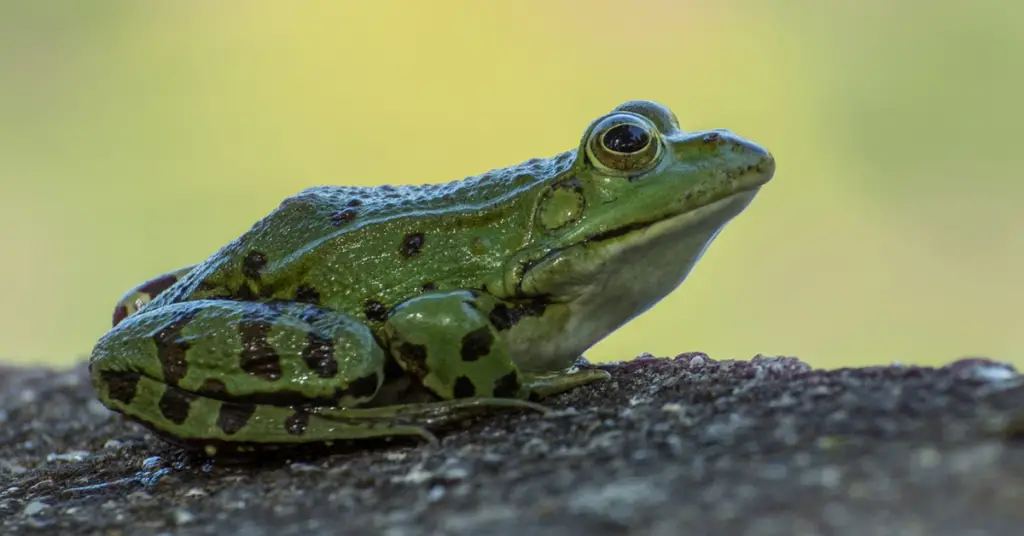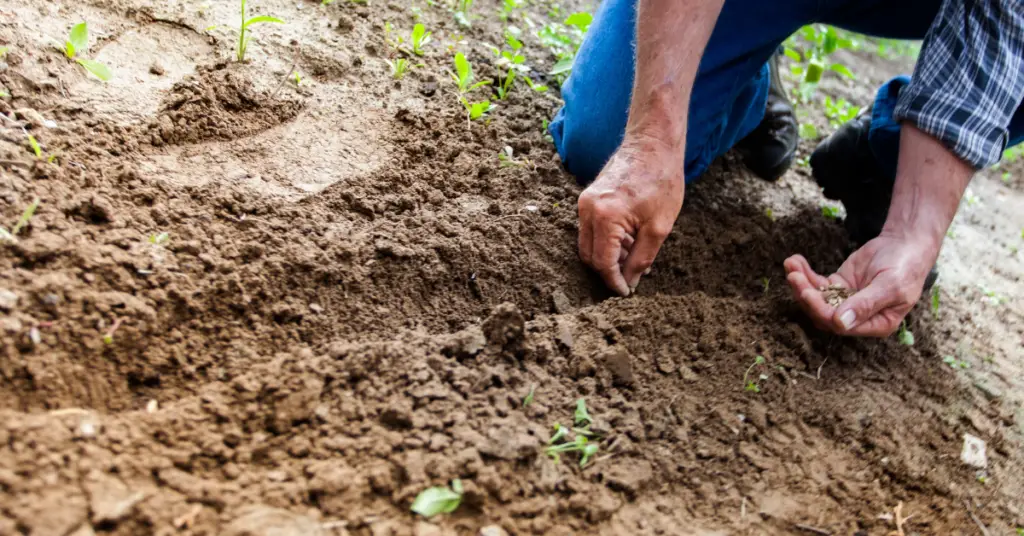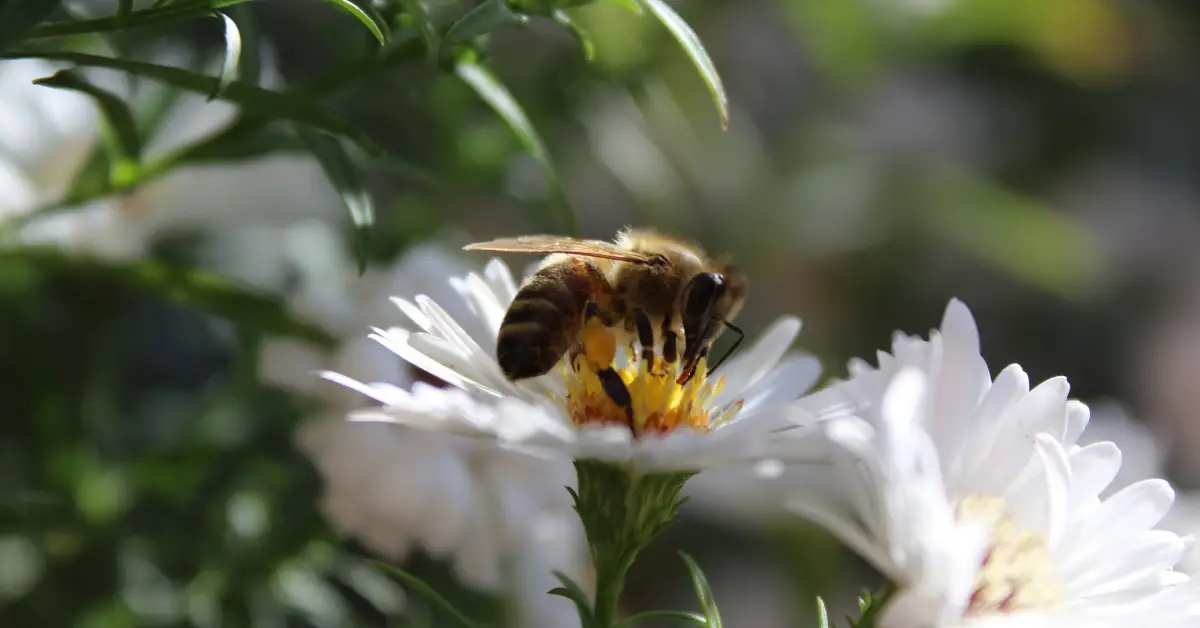Pesticides are chemicals used to kill pests. Pests can include rodents, insects, weeds or any other harmful organisms. Although they can be useful in their role to protect crops, for example, they also have negative effects on the environment. Unfortunately, as well as reaching their target, the pest, they also encounter lots of other parts of the environment. It is estimated that as little as 0.1% of a pesticide will actually engage with the intended target – the rest will contaminate the environment around it.
Water pollution by pesticides
Pesticide contamination of water is extensive. In the Central Valley area of California – a highly productive farming region – in excess of 635 miles of streams are rivers have been categorized as “impaired waterbodies” by the EPA. With pesticide levels so high, fishing and swimming are not permitted.
Pesticides can find their way into any water source – rainwater, groundwater lakes, rivers and the ocean. This can happen when they seep through the soil or when rain washes them off and they end up in bodies of waters. They can also be blown, or drift, out of the area they are being used in.
Aquatic life can be seriously affected by water polluted with pesticides. Consistent exposure to pesticides can also cause physiological changes – such as a decreased immune response to disease – and behavioral changes in some fish species.

Aquatic pesticides can be used to deal with aquatic weeds. Atrazine is a commonly used agricultural herbicide in the USA – it is the second most commonly-used pesticide in farming. Amphibians, in particular, are extremely susceptible to pesticide-polluted water. Atrazine exposure has been shown to lead to the feminization of frogs, causing reproduction issues. It was discovered that 10% of male frogs that grew in water contaminated with atrazine developed as females. Although they remaim genetically male they are morphologically female. They can even mate with other males! With amphibian populations decreasing at an alarming rate this is an issue of particular urgency.
Soil pollution by pesticides
Pesticides cause a decline in biodiversity – as well as the killing the pest they also kill numerous other organisms. This can lead to a decrease in soil quality and, ultimately, can cause water retention to be hindered therefore having a negative effect on plant growth.

Pesticides have been found to interfere with soil communities, changing the dynamics that exist. Complex interactions that make the soil fertile can lost. Nitrogen fixation – required for the successful growth of a lot of large plants – can also be affected by pesticides in the soil. They can inhibit the molecular interaction between plants and rhizobia, lessening root growth and reducing the amount of root sites available to rhizobia.
European research teams have also identified the direct impact of pesticides on the earthworm – it affects their physiology and behavior. Although they have developed detoxification strategies to live in soils contaminated with fungicide, the reduced populations that live in these soils are smaller in size. It has been suggested that reproduction is less effective due to the increased energy expenditure needed for this detoxification process.
How do pesticides affect animals?
Animals can be affected in numerous ways by pesticide use – both directly and indirectly. They can be poisoned if their food source has been sprayed with pesticide. Their food source may also be eradicated by pesticides – meaning they may have to relocate, become malnourished or even starve to death.
Evidence suggests that bats in some areas are more vulnerable to the disease White Nose Syndrome due to pesticides weakening their immune system. Pesticides, combined with other stressors, are also thought to be playing a role in the decreasing bee populations – this poses a significant problem since one-third of all the food we eat requires pollination by bees.
Pesticides can also build up over time in the tissues of organisms – this is known as bioaccumulation. It can make its way up the food chain too if the food they ingest has accumulated pesticides in their tissues. In the UK, this effect was shown in the 1960’s when birds of prey declined significantly. This was partly attributed to DDT, a insecticide, that had been passed up the food chain – from insects to small birds and then, ultimately, to the birds of prey. High levels of DDT caused weakness in their eggshells and compromised healthy reproduction – therefore reducing the population.








